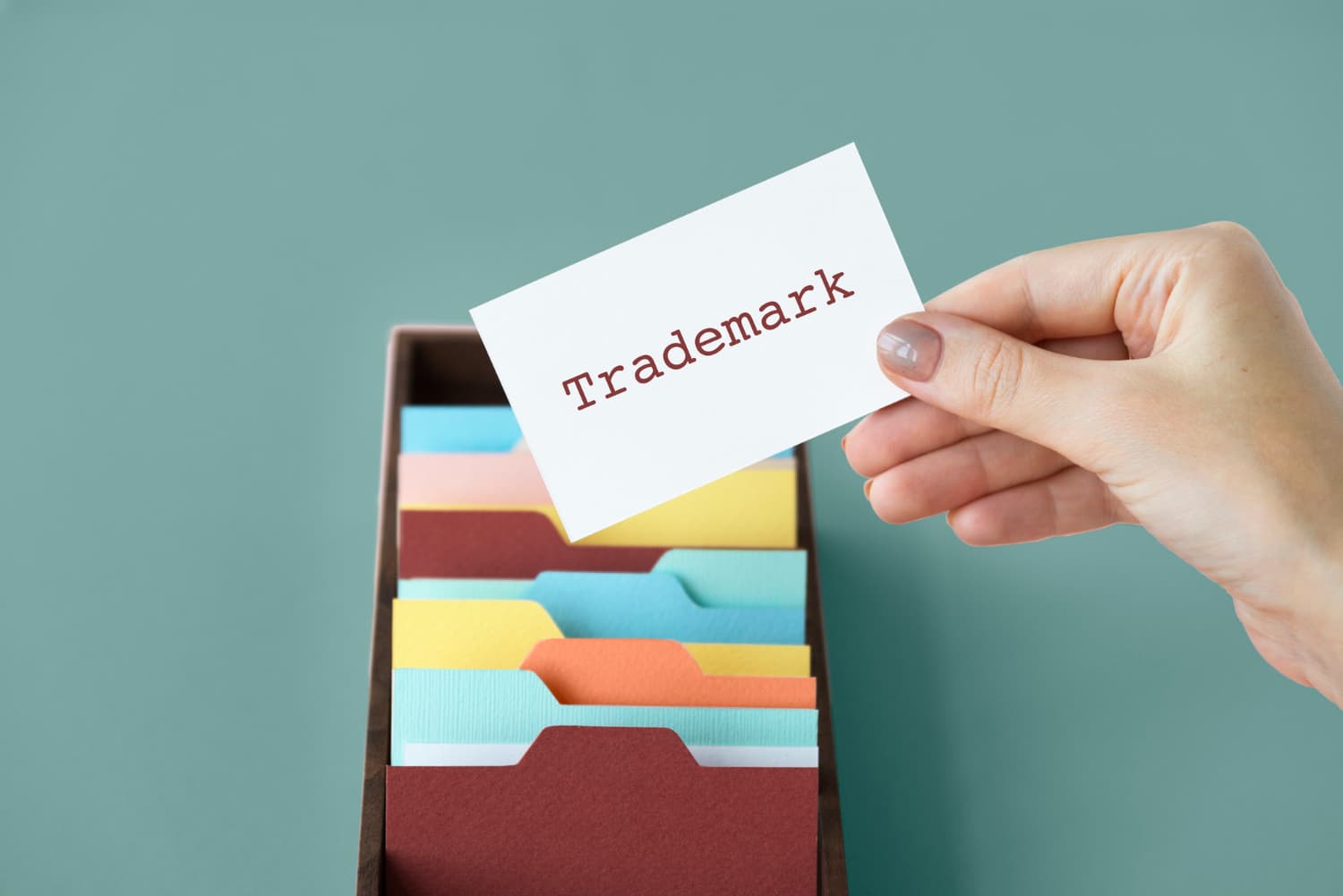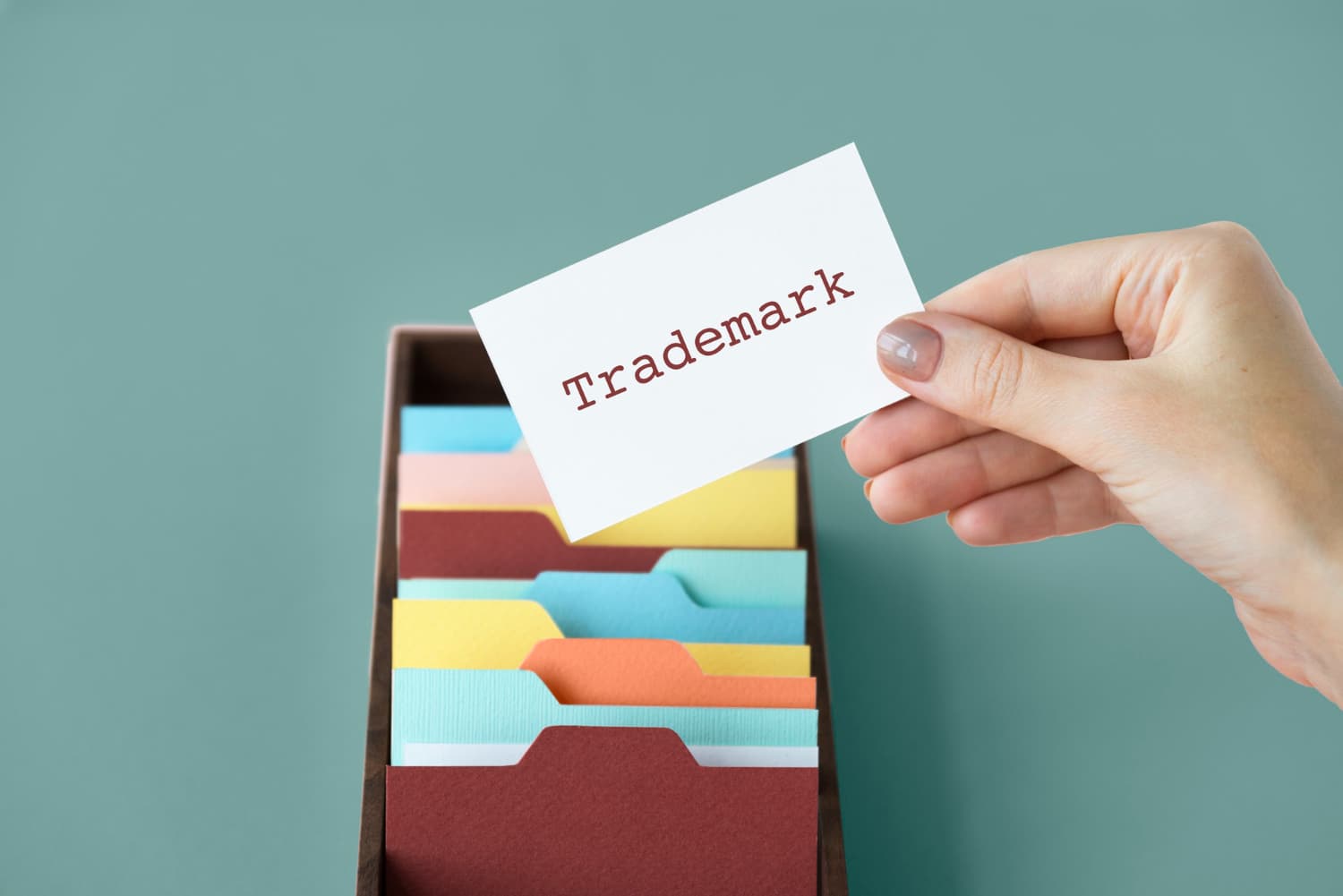Starting a business in Singapore involves more than finding customers or funding. One crucial but often overlooked step is protecting your brand identity through trademark registration. Your business name, logo, or slogan represents your company’s reputation, and without legal protection you risk imitation or misuse by others.
This guide explains everything you need to know about registering a trademark in Singapore in 2025, including what qualifies as a trademark, the application process with the Intellectual Property Office of Singapore (IPOS), expected fees, and how to maintain your rights long-term.
What Is a Trademark and Why Register It?
A trademark is any sign that distinguishes your goods or services from others. It can be a word, logo, symbol, shape, colour, sound, or a combination of these. Famous examples include the Coca-Cola script, the Apple logo, and McDonald’s golden arches.
By registering a trademark with IPOS, you obtain exclusive rights to use that mark in connection with your listed goods or services. Others cannot legally use an identical or confusingly similar mark in the same class of trade.
Without registration, your protection is limited to common-law “passing-off” rights, which require proving goodwill, misrepresentation, and damage, often an expensive and uncertain process.
A registered trademark also enhances credibility. It signals professionalism to customers and investors and can become a valuable intangible asset that can be licensed, franchised, or sold.

Eligibility: What Can and Cannot Be Trademarked
You can register:
-
Business or trading names used as brand identifiers (not just company names)
-
Logos and graphic designs
-
Product names and packaging designs
-
Slogans and taglines
-
Sounds (e.g., Netflix’s “ta-dum”)
-
Shapes (e.g., the Toblerone triangle bar)
-
Colours (if they have acquired distinctiveness)
-
Combinations of any of the above
You cannot register:
-
Generic or purely descriptive terms (e.g., “Computer Repair Services” for a repair shop)
-
Common surnames or geographic names used alone
-
Offensive, deceptive, or misleading marks
-
Marks identical or confusingly similar to existing registered trademarks
-
National flags, emblems, or official hallmarks
-
Marks contrary to public policy or morality
Your mark must be distinctive, meaning consumers can identify your products or services as yours specifically. Descriptive terms may only qualify if they have acquired distinctiveness through long and exclusive use.
Step-by-Step Guide to Registering a Trademark in Singapore
Step 1: Conduct a Trademark Search
Before filing, perform a comprehensive trademark search to ensure your proposed mark is available. Use the free IPOS IP2SG database to check by text, owner, or class. Look for marks that are:
-
Identical or confusingly similar in appearance, sound, or concept
-
Registered or pending in the same or related classes
Professional searches go further, checking phonetic and conceptual similarities (“Lite” vs “Light”). Early research saves time and cost later.
Step 2: File Your Application with IPOS
File electronically via the IP2SG portal. You’ll need:
-
A clear image or text representation of your mark
-
Applicant details (individual or business)
-
The relevant class(es) of goods or services
-
A detailed list of goods or services covered
Singapore follows the Nice Classification system (45 classes: 1-34 for goods, 35-45 for services).
Filing fees (accurate as at September 2025):
-
S$280 per class if your specifications are fully adopted from the IPOS pre-approved database
-
S$410 per class if your specifications are not fully adopted
Each additional class attracts a separate fee. Payment can be made by credit card, debit card, or GIRO.
Be specific when describing your goods or services (e.g., “men’s shirts and trousers” instead of “clothing”). Vague descriptions often trigger objections.
Step 3: Examination and Response
IPOS will examine your application to ensure it meets legal requirements and does not conflict with earlier marks. This stage typically takes 6-9 months, depending on complexity.
If issues arise, IPOS issues an examination report. Common objections include:
-
The mark lacks distinctiveness
-
It resembles an existing mark
-
It contains descriptive or prohibited elements
You’ll have 2 months to respond, extendable by another 4 months for a fee. Evidence of use (sales data, advertising spend, media coverage) may support your response.
If objections remain unresolved, you may amend your application, limit goods/services, disclaim certain elements, or appeal the decision.
Step 4: Publication and Opposition
If the examiner accepts your mark, IPOS publishes it in the Trade Marks Journal for a 2-month opposition period.
Any party claiming prior rights may oppose the registration, for reasons such as:
-
Similarity with their earlier mark
-
Prior unregistered rights through use
-
Alleged bad-faith filing
If an opposition is filed, you must respond within deadlines. The process may take several months and involves submission of evidence. Most marks, however, proceed unopposed.
Step 5: Registration and Certificate
If no opposition arises (or you successfully defend it), IPOS will register your trademark and issue an electronic certificate.
Your rights are effective from the filing date, not the registration date. This backdating is crucial if disputes occur regarding first use or priority.

Duration and Renewal of Trademark in Singapore
A Singapore trademark registration is valid for 10 years from the filing date and can be renewed indefinitely in successive 10-year periods.
-
Renewal fee: S$480 per class (from 1 September 2025)
-
Renewal can be done up to 6 months before expiry.
-
Late renewal after expiry attracts higher surcharges under the IPOS fee schedule.
If you fail to renew, your registration will lapse and can be removed from the register.
Non-Use and Revocation of Trademark
If a registered trademark is not used for 5 consecutive years in Singapore without valid reason, any party may apply to revoke it for non-use under Section 22 of the Trade Marks Act 1998.
Use must be genuine and in the course of trade, in the exact form registered or a form that does not alter its distinctive character.
Costs of Trademark Registration in Singapore and Typical Timeline
| Stage | Approx. Cost (S$) | Typical Duration (no opposition) |
|---|---|---|
| Trademark search | Free – 300 (professional) | 1–2 days |
| Application filing | 280 – 410 per class | Immediate |
| Examination | – | 6–9 months |
| Publication & Opposition | – | 2 months |
| Registration certificate | – | 1–2 weeks after opposition period |
| Renewal (every 10 years) | 480 per class | – |
Average total timeframe: 9-12 months, though complex cases may exceed 18 months.
Common Mistakes to Avoid While Registering a Trademark
-
Skipping the search. Many assume a mark is unique because they’ve used it, only to face objections later.
-
Using descriptive or generic words. Phrases like “Best Bakery” rarely succeed unless they’ve gained distinctiveness.
-
Choosing wrong classes. Selecting unrelated or overly broad classes increases cost and risk.
-
Missing deadlines. Failure to respond to IPOS reports on time causes abandonment of the application.
-
Not renewing or using the mark. Non-use for 5 years exposes the registration to revocation.

Key Benefits of Registering a Trademark
-
Exclusive legal rights: Full control over use of your brand in Singapore and the ability to enforce against infringement.
-
Brand credibility: Demonstrates professionalism and stability to customers and partners.
-
Asset value: Trademarks can be licensed, franchised, pledged, or sold.
-
Online protection: Enables takedown of counterfeit listings and protection against cybersquatting.
-
International expansion: Facilitates foreign registration through the Madrid Protocol.
Final Thoughts
Trademark registration in Singapore is straightforward once you understand the process. While it involves some cost and patience, the long-term protection and commercial value it provides far outweigh the investment.
Before filing, always conduct a comprehensive search, describe your goods or services precisely, and monitor renewal dates to maintain your rights.
Disclaimer:
Information and fees in this article are accurate as at September 2025 and are based on publicly available IPOS sources. Fees and procedures may change; applicants should verify details directly on the official IPOS website.
If you’d like professional guidance with trademark registration, compliance, or incorporation in Singapore, Margin Wheeler offers integrated solutions to help protect your intellectual property and grow your business with confidence.










